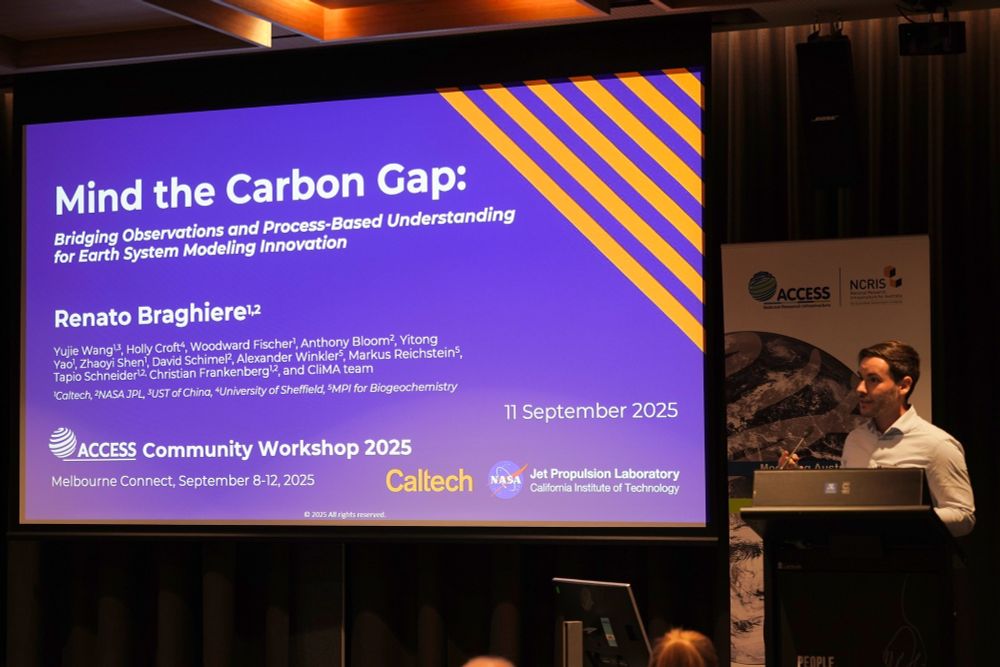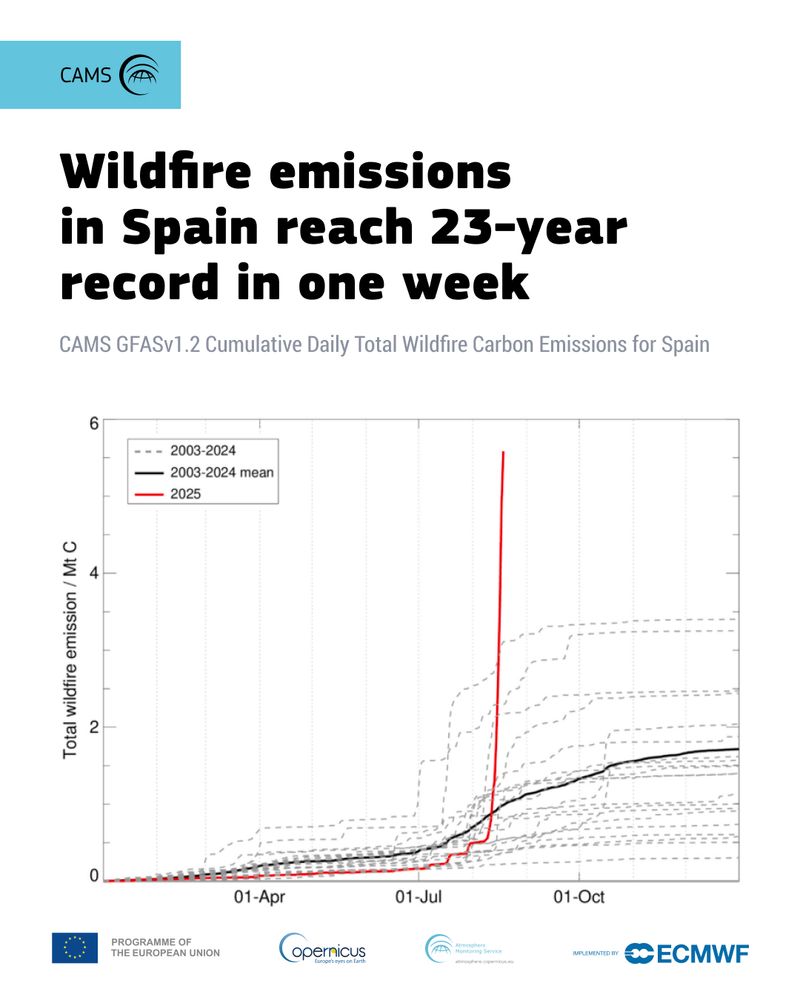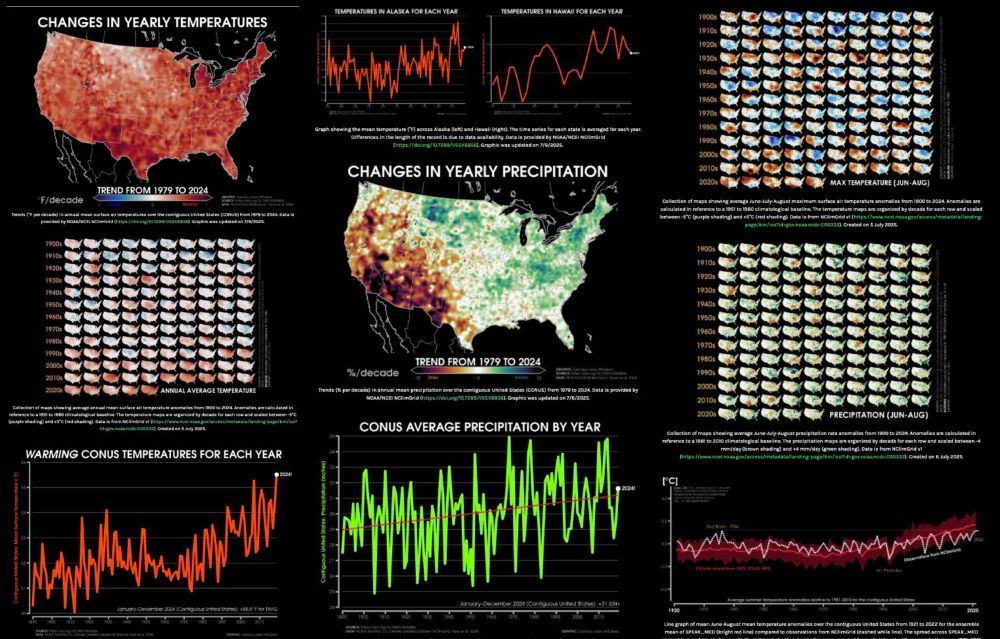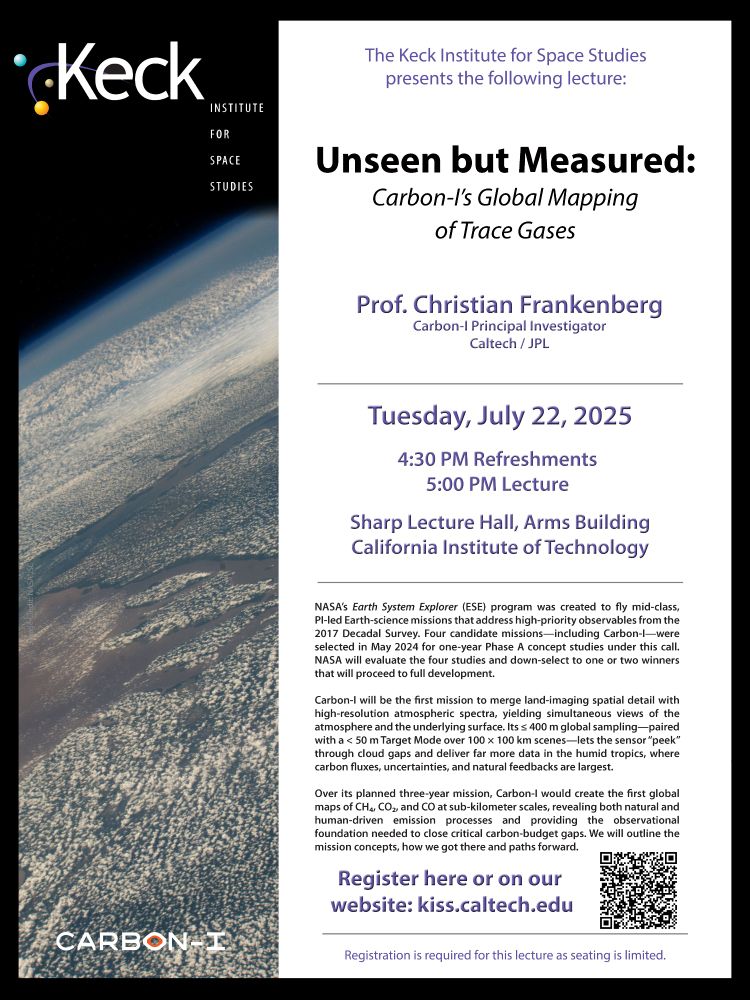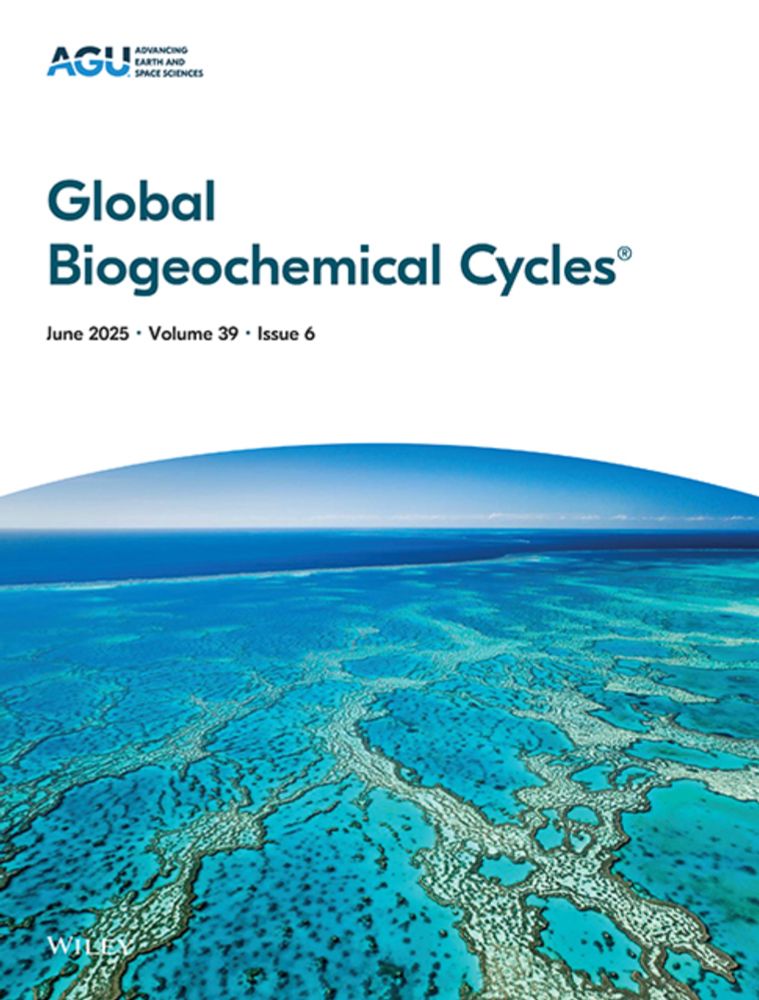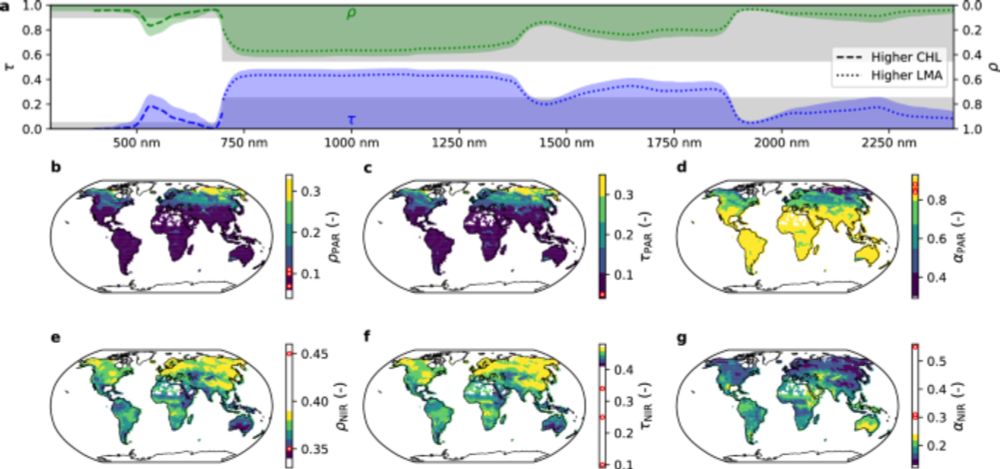Dr. Renato Braghiere
@renatobrgh.bsky.social
950 followers
270 following
41 posts
Earth System models and remote sensing. Scientist @ Caltech. Opinions are my own. He/him.
Posts
Media
Videos
Starter Packs
Reposted by Dr. Renato Braghiere
Reposted by Dr. Renato Braghiere
Reposted by Dr. Renato Braghiere
Reposted by Dr. Renato Braghiere
Reposted by Dr. Renato Braghiere
Reposted by Dr. Renato Braghiere

